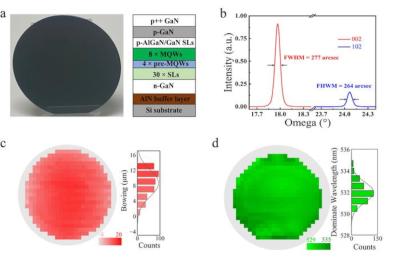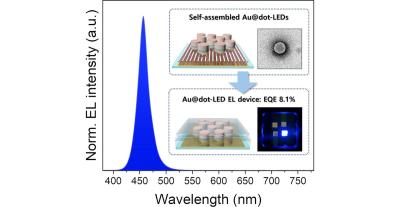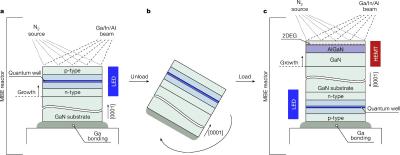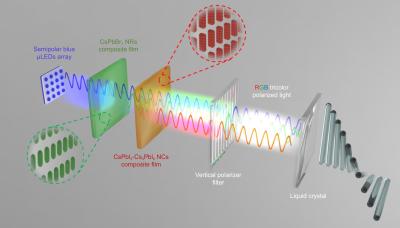Researcher develop high uniformity epiwafers leading to 10 million nits green microLEDs
Researchers from Hunan University have designed and grown wafer-scale uniform green GaN epilayer on silicon wafers (4-inch and 6-inch in size). The epilayer was of very high uniformity and showed excellent properties. Using this wafer, the researchers developed green microLED displays reaching over 10 million nits.
This epilayer demonstrated a low dislocation density of 5.25×108 cm-2, minimal wafer bowing of 16.7 μm, and high wavelength uniformity (STDEV<1 nm). The researcher integrated the Micro-LEDs with CMOS circuits and created 1080x780 monochrome green microLED displays, which offered the ultra high brightness.











